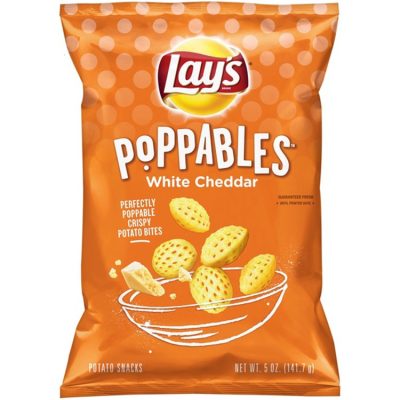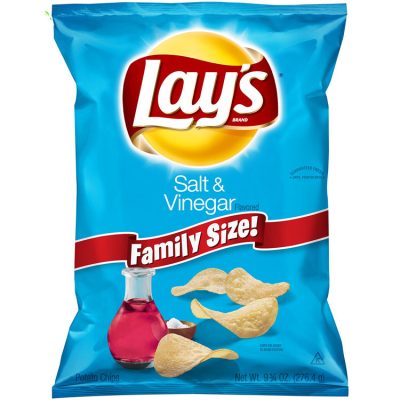As a printing material, plastic film has a relatively short history. It is used as a package after printing. It is light and transparent, moisture-proof, oxygen-resistant, air-tight, tough and foldable, smooth on the surface, can protect the product, and can reproduce the product The advantages of shape, color and so on. With the development of the petrochemical industry, there are more and more varieties of plastic films. Commonly used plastic films are polyethylene (PE), polyvinyl chloride (PVC), polystyrene, polyester film (PET), and polypropylene (PP). , Nylon, etc.
The properties of various plastic films are different, the difficulty of printing is also different, and the use as packaging materials is also different.
Polyethylene film is a colorless, odorless, odorless, translucent and non-toxic insulating material, which is used in large quantities as packaging bags; food bags, and can also be used to make various containers. It is an inert material, so it is more difficult to print, and it must be processed to print better results.
The polyvinyl chloride film has good light resistance and aging resistance, and has good tear resistance. It is breathable. It is a clean, colorless and transparent film. Generally, plasticizers are added and it is soluble in acetone. , Solvents such as cyclohexanone. Therefore, it can be printed with an ink made of polyvinyl chloride resin. Suitable for packaging bags, book covers, etc.
Polystyrene film is a soft and tough film. It is clean, colorless and transparent. When it does not contain plasticizers, the film is always soft, resistant to freezing, and does not age when stored. The synthetic binder ink of oxidative polymerization is used for printing. The imprinting fastness is better.
Polyester film is colorless, transparent, moisture-resistant, airtight, soft, strong, resistant to acids, alkalis, oils, esters and solvents, and is not afraid of high and low temperatures. After electric spark treatment, it has relatively good surface fastness to ink . Used in packaging and composite materials.
Polypropylene film has good gloss and good transparency, heat-resistant acid and alkali, solvent-resistant, friction-resistant, tear-resistant, breathable, and cannot be heat-sealed below 160°C.
Nylon film is stronger than polyethylene film. It is odorless, non-toxic, impervious to bacteria, oil-resistant, ester-resistant, boiling water and most solvents. It is generally used for load-bearing and wear-resistant packaging, as well as cooking packaging (reheating of food) , It can be printed without surface treatment.
There is basically no polar group on the polyethylene molecule, which is a kind of non-polar imprint. In the polypropylene molecule, each structural unit contains a methyl group, which is a weak polar group, basically They are also non-polar polymers. Therefore, they have poor affinity for inks. Therefore, they must be processed before printing to obtain satisfactory prints.
The treatment method is mostly through oxidation to increase the polarity and change the surface structure. Specific treatment methods include discharge (commonly known as corona, electric spark) method, flame method, ultraviolet radiation method, acid (sulfuric acid, chromic acid) treatment method, etc. The discharge method is relatively simple and popular.
The effect of corona treatment is related to the output power of the treatment equipment, the distance between the two electrodes, the discharge area of the electrode, the treatment speed, the treatment method (heat treatment or cold treatment) and the number of times. The treated film It must be printed immediately, otherwise it may still be invalid.
In the EDM process, the free radical reaction generated by the corona discharge may cause the polymer to crosslink, roughen the surface and increase its wettability to polar solvents. Generally speaking, the plastic film is rarely treated after treatment. Printing can be improved by 30 aspects (performance: antistatic additives can be used (China uses trihydroxyl dodecyl amide ethyl quaternary ammonium perchlorate, to improve the reduction effect of static charge attenuation, and the adhesion effect of the ink is concentrated.) And chiral printing, the wettability of solvent-based inks has been improved.
Plastic film printing methods can be flexographic, gravure and screen printing. Printing inks are required to have high viscosity and strong adhesion, so that the ink molecules can firmly adhere to the surface of the dry plastic, and the Shang Qituo can easily conjunctival and dry with the oxygen in the air. Generally, the oil soup used for gravure plastic film is made of synthetic resin such as panamine, alcohol-based organic solvents and pigments after being fully ground and dispersed to form a colloidal fluid with good fluidity. It is a volatile drying ink. , It has the characteristics of good printing performance, strong fastness, bright color, fast drying, etc. It is suitable for printing on aggregate vinyl and vinyl films with a gravure rotary press.




















